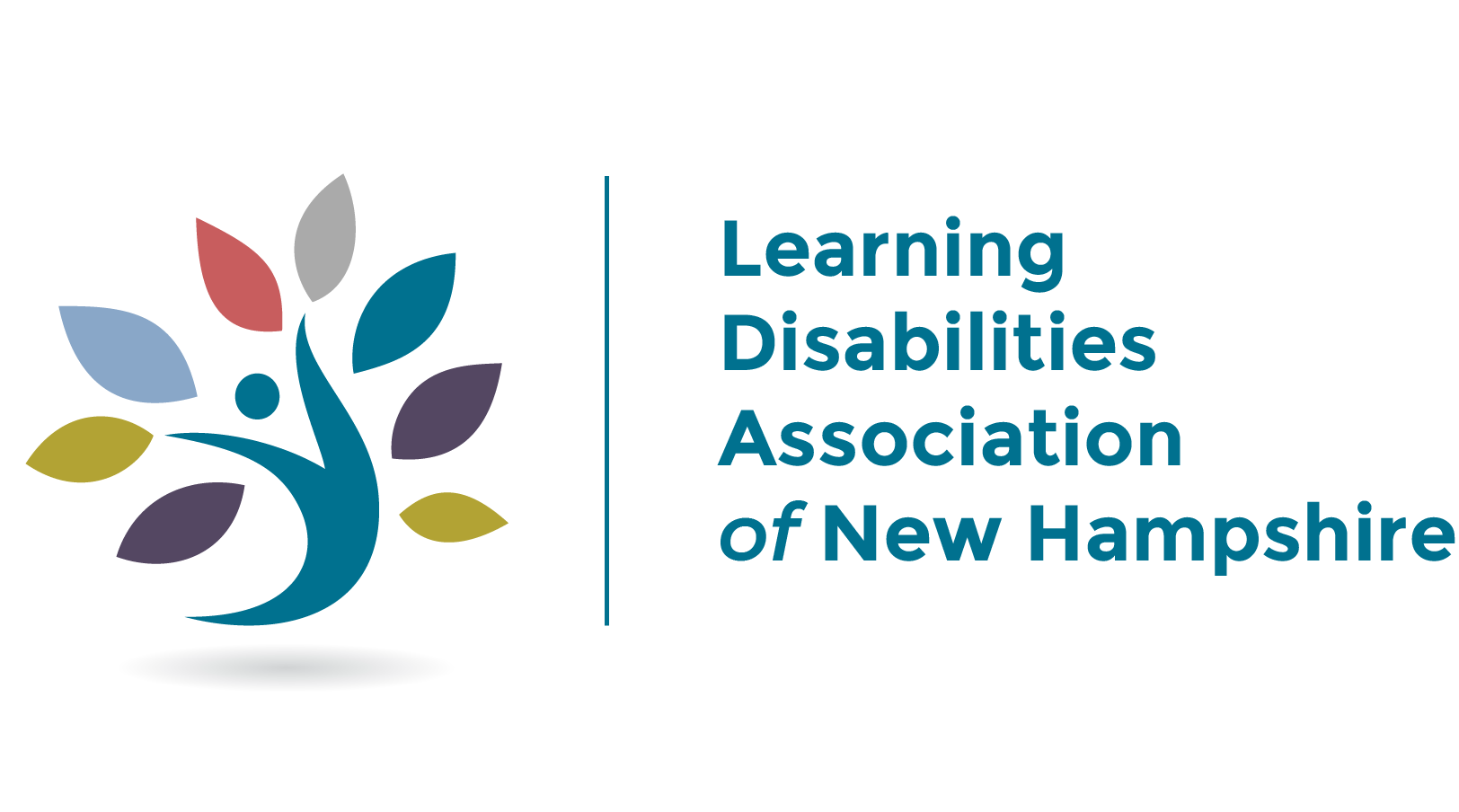By Trish Stansfield, M.Ed.
Middle school educators are faced with a multitude of challenges on a daily basis, but one of the most troublesome among them is student apathy and disturbing sentiments such as, “You can’t make me do it,” or “It doesn’t matter to me,” or the all too famous, “I don’t care.” Lack of motivation can manifest itself in many ways and can result from a variety of circumstances. Too many commitments at home, lack of parental support, previous academic experiences, or a chaotic home life are only a few examples of what can contribute to disengaged students. Sometimes it is the most difficult student who requires the most care and attention (Walsh, 2006).
In order to motivate a child’s interest in learning, educators must remain positive, actively listen to students, and allow them to be part of the learning process. Above all, it is essential to avoid power struggles with students. Becoming defensive is futile and will only lead to an escalation in behavior. Disengaged students will not work for an educator they sense does not value or respect them. On the other hand, they will “go the extra mile” for the educator who seeks to make connections with them (Walsh, 2006).
Learning is innate. Therefore, all students have an intrinsic desire to learn. Educators can either foster, or hamper, this desire. Motivation is something we need to build with students. Therefore, in order to motivate students’ interest in learning, educators must build positive relationships, show a vested interest in their lives, and provide a safe environment where participation is welcome and encouraged (Wormelli, 2014).
There is no real secret to creating motivation among students. Experienced educators know that it is all about creating an atmosphere of respect and making connections with students. Academically, it is important to foster self-esteem by focusing ONLY on student achievement. Negative comments regarding past work completion/non-completion discourage motivation, creativity and self-advocacy (cited in Stansfield, 2011). Middle school students are internally hard-wired to learn advanced and complex things. When given the right tools to use, they will flourish (Hootstein, 1998).
Below is a list of strategies that helps to create motivation among students.
- Learn all you can about your students including who they are and how they learn
- Reach out to students and build their trust
- Always remain positive to lay the foundation for future communication
- Stay composed when students are in emotional distress
- Give frequent feedback on academic work
- Look for opportunities to encourage and congratulate students
- Actively listen to students
- Banish competition among students
- Include students in the rule-making process
- Group students for success
- Create a structured environment
- Do not take detrimental student comments personally
- Eliminate sarcasm and humiliation
- Stay composed and refrain from anger and frustration
- Allow students to be a part of the learning process
- Give choices regarding curriculum planning
- NEVER give up on students even when they push you away
References
Berliner, B. A. (2004). Reaching unmotivated students. Education Digest, 69 (5), 46, 47.
Hootstein, E. (1998). Motivating the unmotivated child. Teaching Pre K-8, 29 (3), 58.
Schipani, D. (2007). Finding inspiration. Scholastic Parent & Child, 15 (3), 70-72.
Stansfield, T. (2011, April-May). Some thoughts from a middle school educator. New Hampshire Learning Disabilities Association Newsletter, 6, p. 8.
Tomlinson, C. A. (2014). Releasing the will to learn. Educational Leadership, 72 (1), 86, 87.
Wormelli, R. (2014). Motivating young adolescents. Educational Leadership, 72 (1), 26-31.

